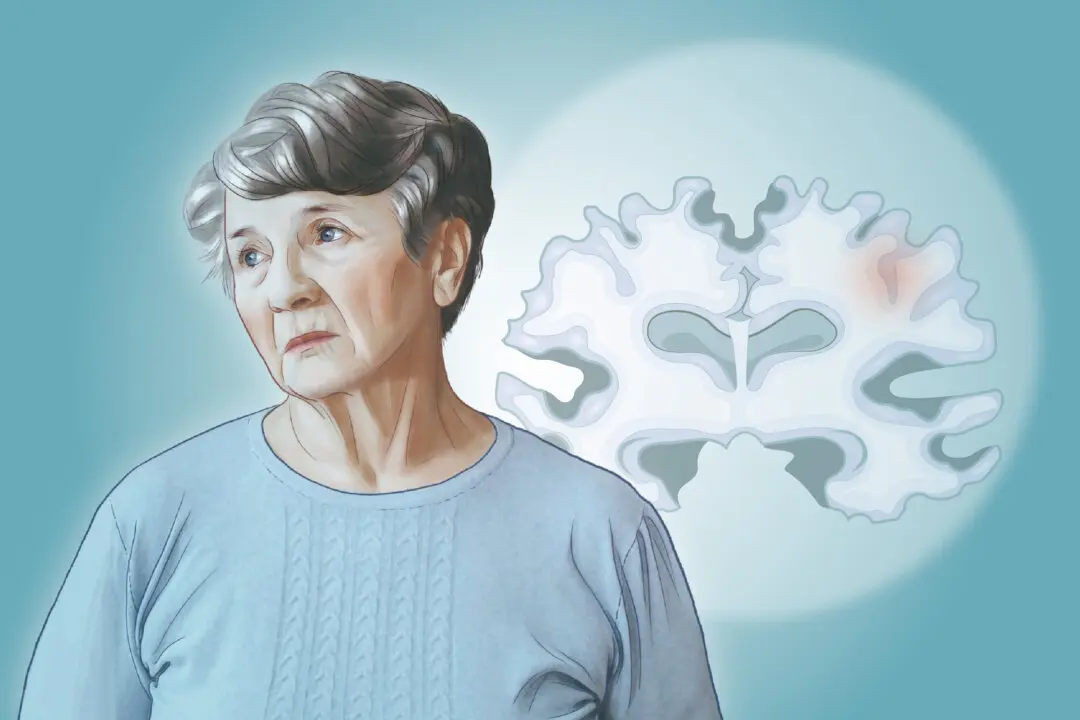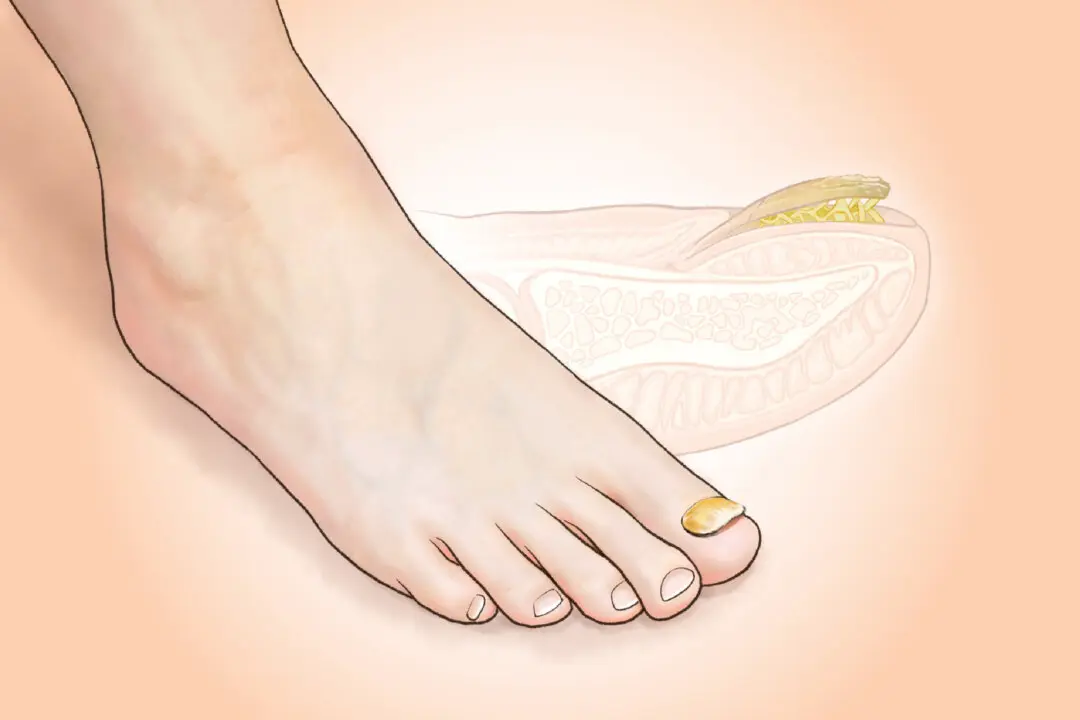With more than 35 million people taking them, statins are among the most commonly prescribed drugs in the United States, as they are considered the most effective in lowering the “bad cholesterol” in our body. Since high cholesterol can lead to heart attacks, strokes, and other heart-related medical conditions, and given the fact that heart disease is the leading cause of death and stroke is the fifth leading cause of death in the United States, it’s not difficult to understand why so many people are taking statins.
According to one estimation, in 2020, the global sales of statins would have approached $1 trillion. Despite statins’ popularity, there is also skepticism and controversy over the use of these drugs.





